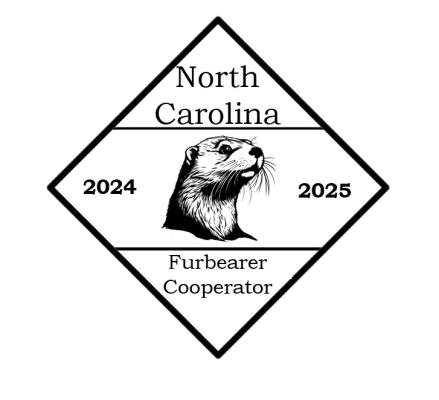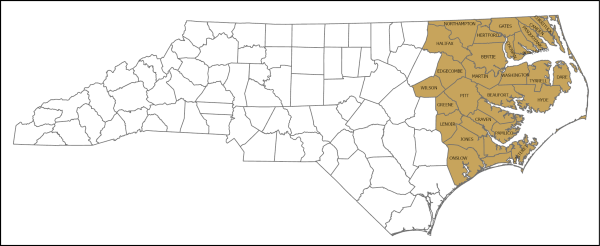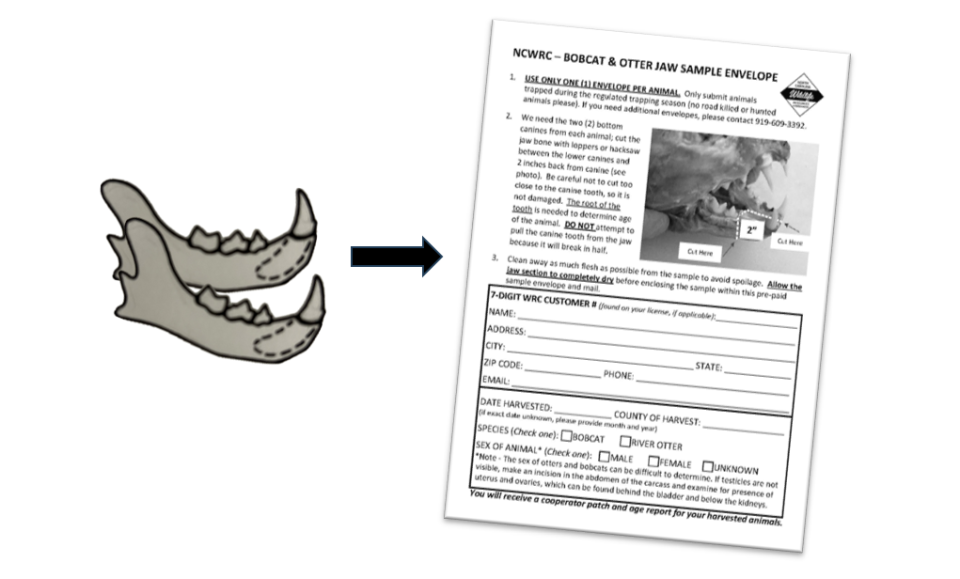Furbearer Cooperator Program

The NC Wildlife Resources Commission is interested in collecting a variety of furbearer samples and carcasses annually, which allows us to monitor populations, screen for pathogens, and conduct research to better understand furbearer species throughout the state. See below for details on this year’s collection priorities, and instructions on how to participate by submitting samples.
Participants will receive a Furbearer Cooperator patch. We appreciate your support and commitment to continuing sustainable, regulated trapping in North Carolina!
Coastal Coyote Samples
Samples will be used to study canid interactions and genetic structure in Eastern NC. Hair samples can be collected from live or dead coyotes (trapped, hunted, roadkill, etc), and are still needed from the following counties: Beaufort, Bertie, Edgecombe, Gates, Halifax, Hertford, Hyde, Jones, Martin, Northampton, Pamlico, Pitt, Pasquotank, Perquimans, Tyrrell, Washington, Wilson.

HOW TO SUBMIT:
1. Approximately 20 hairs with follicles should be collected by pulling (NOT cutting) hairs using tweezers or gloves
2. Place hair inside an envelope (one envelope per individual animal) and write on the envelope:
a. Your name
b. Date of harvest
c. Location of harvest (latitude/longitude, or nearest crossroads)
3. Place sample envelope inside a separate mailing envelope and send it to: Dr. Heather Evans at 11 W. Jones St., Raleigh, NC 27601
Entire Carcasses (skinned or not): Armadillo, Foxes, Bobcat, Skunks, Weasels, Mink, Otter, Muskrat, Nutria
Carcasses are used for a variety of wildlife health studies, which typically involve taking organ samples to screen for pathogens. Pelts and other parts (e.g. scent glands, skulls, feet, etc.) may be removed if the trapper wishes to keep these before submitting. This season we are only planning on collecting the above-listed species.
HOW TO SUBMIT:
1. Bag and preserve carcass(es) in freezer.
a. Store each carcass with the species, location and date of harvest recorded on a waterproof tag or paper inside a ziploc bag.
2. Contact Caitlin Brett at 919-609-3392 or caitlin.brett@ncwildlife.gov to coordinate a pick-up date.
Bobcat and Otter Jaws
Samples must come from trapper-harvested bobcats and otters. The lower canine teeth will be extracted and used to assess the age structure of the harvest for each species. In addition to the Furbearer Cooperator patch, participants will receive the age report for their harvested animal(s).

HOW TO SUBMIT:
1. Request your pre-paid envelopes (one per animal) to be mailed to you by contacting Caitlin Brett at caitlin.brett@ncwildlife.gov or 919-609-3392.
2. Cut and completely dry the portion of the lower jaw containing the canine tooth and its root. To ensure you include the root, cut the jawbone at least 2” away from the canine (see diagram on envelope).
3. Follow instructions on pre-paid envelope to ship - please mail by April 30th!
